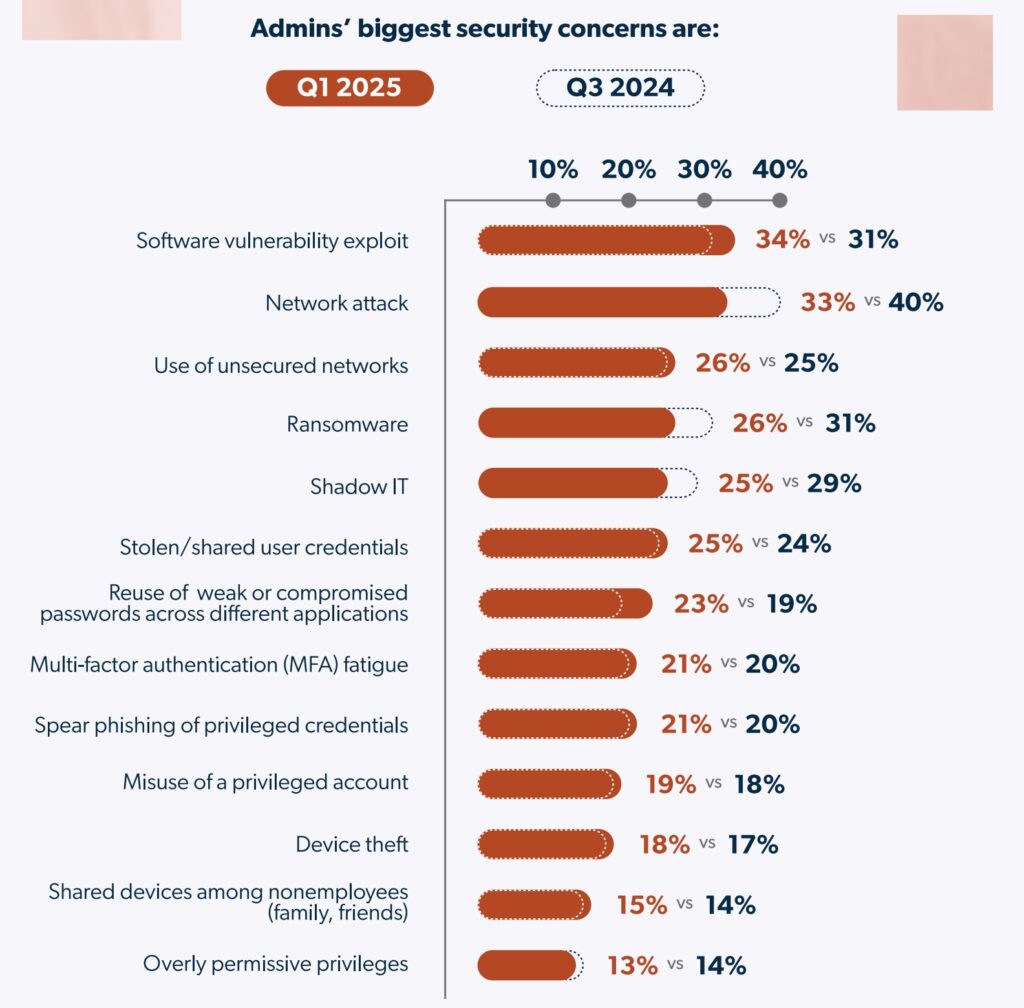Ever feel like cybersecurity is a world of complex tools and jargon, mostly meant for huge companies? Especially when it comes to something like privileged access management (PAM)?
You’re not alone.
Many small-to medium-sized businesses (SMEs) think PAM is just for the big guys with sprawling IT departments and infinite budgets.
But what if we told you that this perception is not only false, but actively holding your business back from essential security?
Our latest guide PAM for the People sets the record straight and debunks three common myths listed below, preventing SMEs from embracing the security they truly deserve.
Myth #1: PAM Is Only for Large Enterprises (with Dedicated Security Teams)
This is probably the biggest misconception out there: if you don’t have a dedicated Security Operations Center (SOC) team, PAM isn’t for you. But here’s the plain truth: cybercriminals don’t discriminate by company size.
In fact, they often target smaller businesses because they assume your defenses aren’t as strong. According to our latest survey, a shocking 46% of SMEs were hit by a cyberattack in 2024. And their concerns are varied:

And it’s not just the direct attacks. Supply chain attacks like SolarWinds and MOVEit have shown that breaches can affect any organization, no matter its size, even if it wasn’t the initial target.
Plus, IT admins are not the only ones who have privileged access today either — many employees have some level of access to their company’s critical resources. Believing PAM is only for the giants leaves your business wide open to very real threats.
Myth #2: PAM Is Too Complex and Expensive for SMEs
Okay, this one used to be true. Back in the day, PAM solutions often came with hefty price tags, complex setups, and a steep learning curve that only tech experts could handle. Many legacy systems demanded on-premise infrastructure, which is a non-starter for cloud-first SMEs.
But modern PAM solutions are built to be accessible, scalable, and user-friendly. Many are cloud-based, meaning you don’t need to buy or maintain expensive hardware.
And when you think about it, the cost of not having PAM — the financial fallout from a data breach, regulatory fines, reputational damage, and business disruption — is way, way higher than investing in the right protection.
Don’t let old ideas about cost and complexity stop you from securing your business.
Myth #3: PAM Doesn’t Work with Modern Tech Setup
Some people still think PAM is a relic of the past that can’t keep up with today’s dynamic, cloud-centric workplaces.
This couldn’t be further from the truth.
While legacy PAM was indeed built for an on-premise world, modern PAM has adapted to the realities of hybrid and remote work.
Modern PAM seamlessly integrates with Software-as-a-Service (SaaS) apps, cloud infrastructure, and even in-browser activity. It helps secure access without needing clunky, often less secure VPNs, aligning with Zero Trust principles that focus on identity-level security.
For PAM to be truly effective, it must be comprehensive, extending its protective reach across every access transaction — from identity and device to SaaS apps and cloud resources. Any solution that leaves blind spots in your environment is simply not doing its job.
Take Control of Your Security with JumpCloud
The bottom line is: PAM isn’t just for the big corporations anymore. It’s a must-have for every business. The market is finally offering solutions that are easy to get, affordable, and perfect for businesses like yours.
JumpCloud is leading the way, making robust PAM available to organizations of all sizes. It gives you a clear, simple path to protecting all your vital assets, making compliance easier, and confidently tackling today’s toughest security challenges.
Ready to cut through the confusion and get the right security for your business? Download our free eBook PAM for the People to discover how you can bring top-notch security to your company and truly protect your business in today’s digital world.





